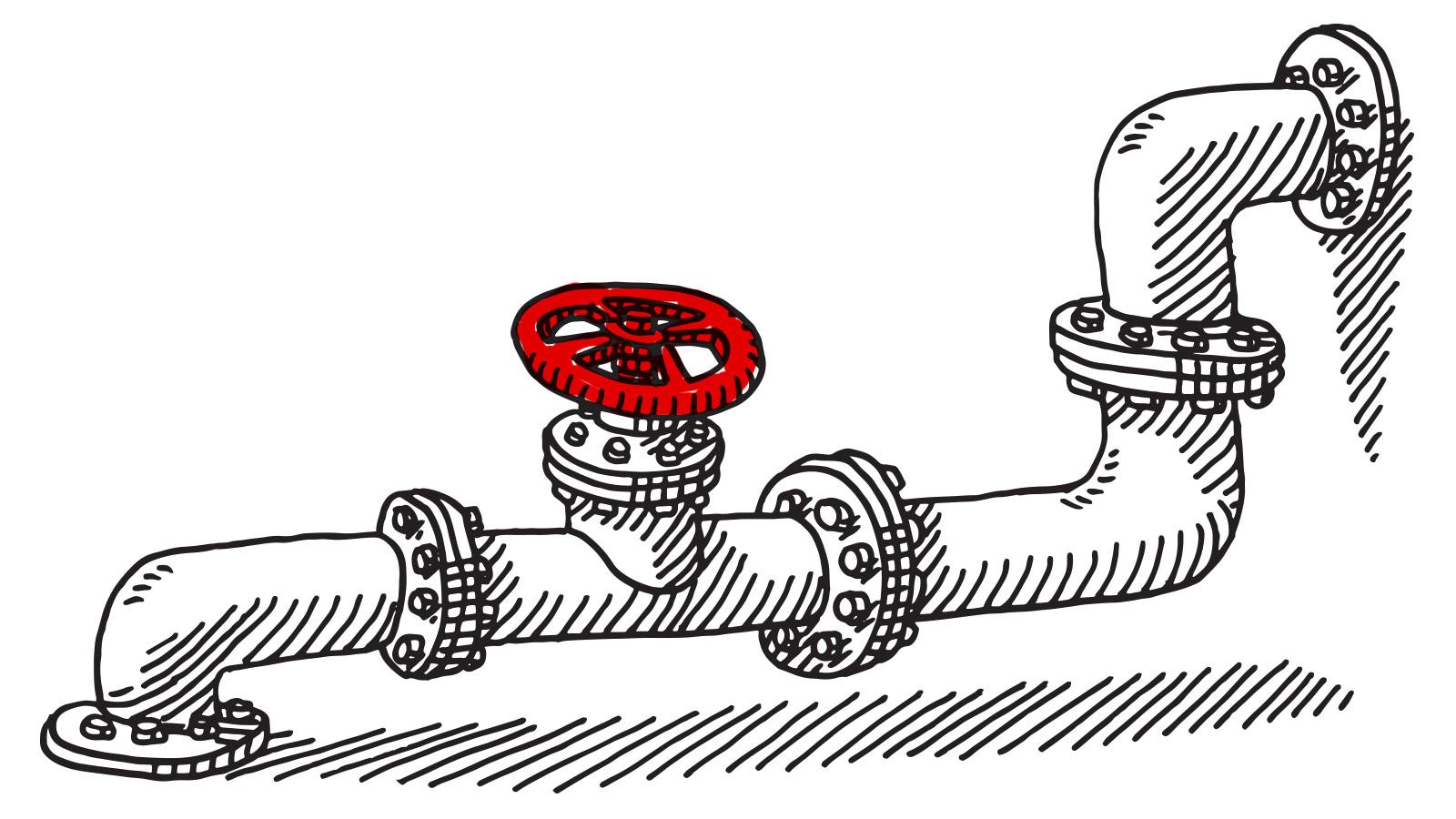This May, the Detroit Water and Sewerage District (DWSD) sent out 46,000 shutoff notices to customers who were behind in their water bills. It was the latest calamity to befall a city that had seen its water rates rise 119 percent in the last decade.
As a city that has lost nearly two-thirds of its population in the last 60 years, Detroit has a lot of water infrastructure to maintain, and not much money to maintain it.
Since the shutoffs began (about 17,000 households and small businesses have lost service to date), residents have fought back hard. They’ve blocked trucks that are being sent out to shut off water accounts. They’ve called out DWSD for focusing on shutting off water to private homes that don’t even owe that much, while ignoring golf courses that owe amounts in the hundreds of thousands. (DWSD responded that it had focused on residential customers because shutting off water to a large-scale user was more technically complicated than most of its employees can handle.) They’ve accused DWSD of dropping low-income customers as a way of making the system more appealing to potential buyers. (Whether or not that’s true, Detroit emergency manager Kevin Orr has spoken openly about selling DWSD to a private company.) They’ve organized brigades of volunteers to bring water in to people who’ve had their accounts shut off. They even got the United Nations to condemn the way that DWSD is handing the situation.
But what’s happening in Detroit isn’t just Detroit’s problem. It has larger implications for the rest of us. Here’s what you need to know.
Water is getting more expensive everywhere.
This is true both internationally and in the U.S., where the cost of water has been rising faster than the rate of inflation.
There’s no federal policy to help people deal with the cost of water.
As Jan Beecher, with the Institute of Public Utilities at Michigan State University, told the Los Angeles Times there are no federal programs to help people pay for the rising cost of water, the way that there are for fuel and electricity (or housing, for that matter).
“We’ve never really developed a clear public policy toward universal service and water,” Beecher said. “International organizations are concerned with a basic level of service, but with water, the tricky thing is that drinking water would fall into that, but watering the lawn would not be considered a basic human right.”
That said, until recently, Detroit actually had a program that helped low-income residents pay their water bills.
It was called the Water Affordability Plan. As Roger Colton, a utilities consultant, told the Los Angeles Times:
The last time Detroit began shutting off water for unpaid bills a decade ago, Colton worked with the Michigan Poverty Law Program to develop a program that would help the water department collect money while still keeping water affordable. He found that whereas the federal Environmental Protection Agency recommends that families spend no more than 2.5 percent of their pretax income on water and sewer service, some Detroit residents were paying more than 20 percent.
Colton argues that cities won’t get the money they want by simply shutting off services. Instead, he says, utilities should require residents to pay a percentage of their income to the water department for service.
“If you give someone a more affordable bill, you end up collecting more of the bills,” he said.
Taking Colton’s advice into account, Detroit’s water department implemented a program that allowed residents to start making payments on their bills even if they were thousands of dollars behind. But that program was cut during the city’s bankruptcy.
This year the DWSD says it has a $1 million fund for residents who need help paying their water bills — money raised by voluntary contributions from customers.
The infrastructure that was designed to keep us all hydrated is in trouble everywhere, not just Detroit.
Detroit did most of its growing in the 30 years between 1920 and 1950 — the population nearly doubled, from 994,000 to 1,850,000 (It’s now about 685,000). This is the same time window during which much of America’s water infrastructure was being laid out: people were moving from the country to the cities, and there were generous federal subsidies that helped put those pipes in the ground.
Other cities that put in a lot of water infrastructure during this time, like Los Angeles and Chicago, can expect to see the same problems, since everything built during that 20-year period is going to break more or less all at once. Writes the New York Times:
The oldest cast-iron pipes, dating to the late 1800s, have an average useful life of about 120 years. For cast-iron pipes installed in the 1920s, that drops to about 100 years. And pipes put in after World War II have an average life of only around 75 years. The upshot is that all three vintages of pipe will need replacement in a short stretch of time.
The EPA has been writing reports for years about how America’s water infrastructure is old, leaky, and generally unsafe, and how it’s going to take New Deal-style funding to get it back in shape. The bad news is that, as a country, we’re more excited about building new things than fixing old ones.
But then there’s the good news: With so much water infrastructure across the country in need of repair, there’s real opportunity to design and experiment with systems that are better adapted for drought, heavy rainfall, sea-level rise, and the extreme weather events that climate disruption is already laying on us. While Detroit is dealing with the worst of it, these questions are ones we should all be thinking about.


